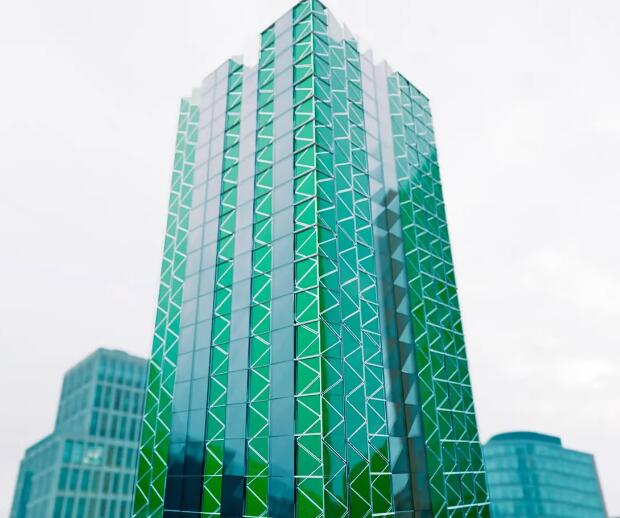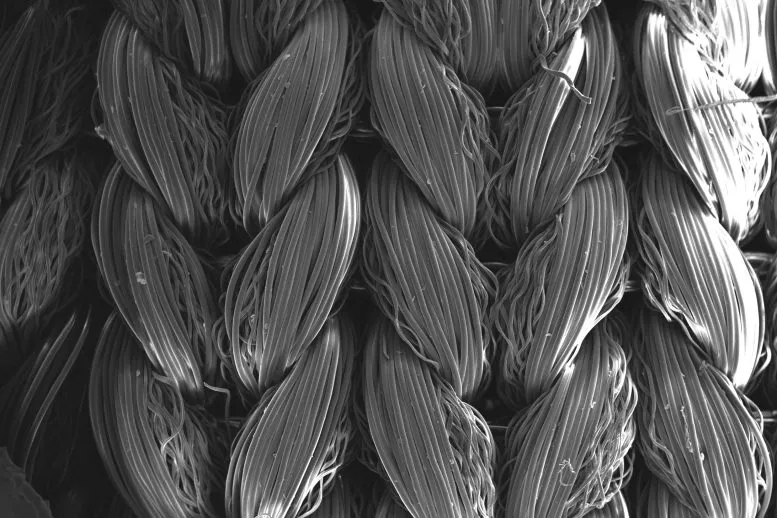In fact, the idea of using “algae tanks” on the outside of buildings to drive sustainability isn’t new. The panels are dyed green by the biomass inside, and they have some other advantages over traditional solar panels.
First, they can collect carbon dioxide from near the emission source, and the algae strains within them absorb the carbon dioxide and sunlight for photosynthesis, increasing their own growth rate and producing fresh oxygen. So the more sunlight, the faster these algae grow, and each pound of algae is said to capture about two pounds of carbon dioxide.
Second, these panels also absorb heat. Therefore, if a building is completely covered with a “skin” made up of algae building panels, it can shade the building and reduce the energy consumption of air conditioning in summer.
Finally, one can also extract biomass from it. The biomass produced by these algae building panels is periodically filtered into a paste-like pulp, which is then processed into biofuels and fed back to the burners that run the building’s hot water system. Using biofuels and the heat captured by these panels could provide roughly one-third of the entire building’s energy needs.
In the future, Greenfluidics also hopes to make some adjustments to its algae building panels to maximize performance. The company’s chief executive, Miguel Mayorga, said he also wanted to add recycled carbon nanoparticles to water and increase its thermal conductivity.
This, he explained, would run through one side of the panel and improve its heat capture capabilities, while algae would grow on the other side. In this case, the heat is converted directly into electricity by a thermal generator and transported into the building, which will make these algae panels more similar to traditional solar panels with carbon neutrality.




GIPHY App Key not set. Please check settings